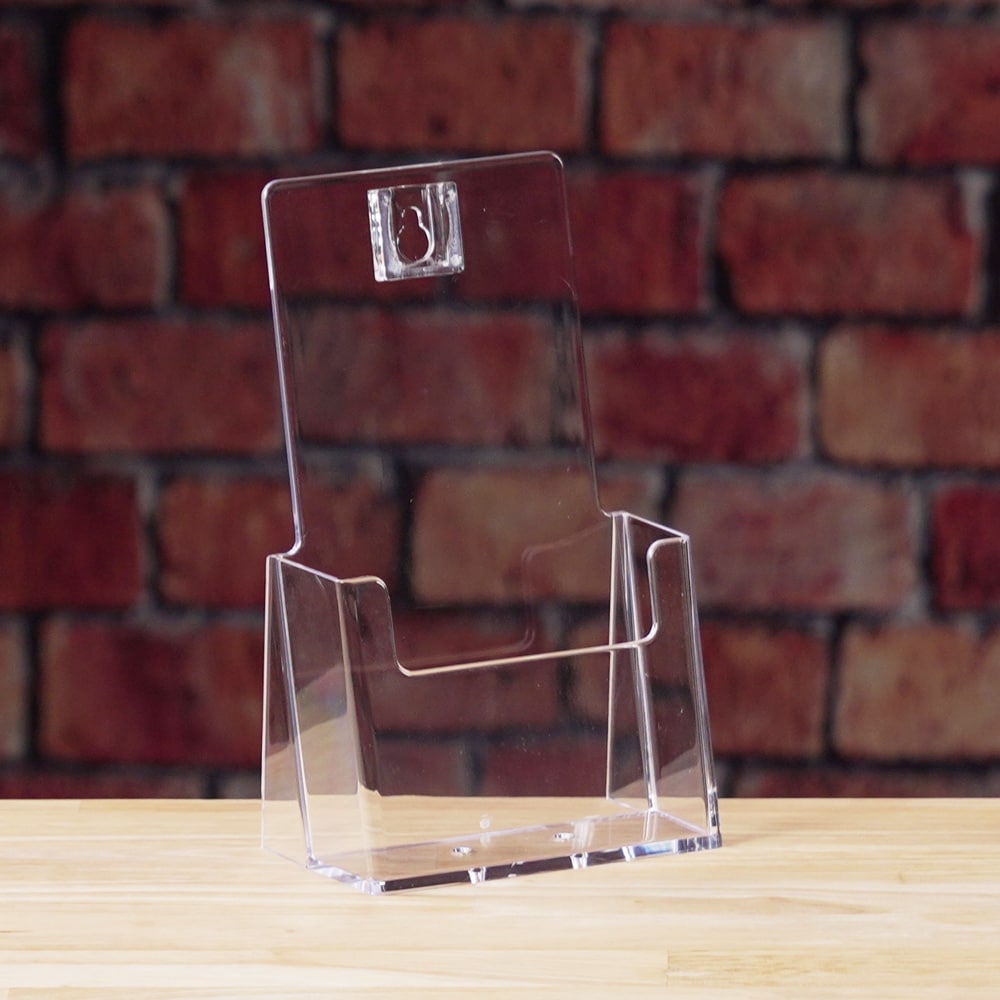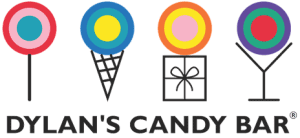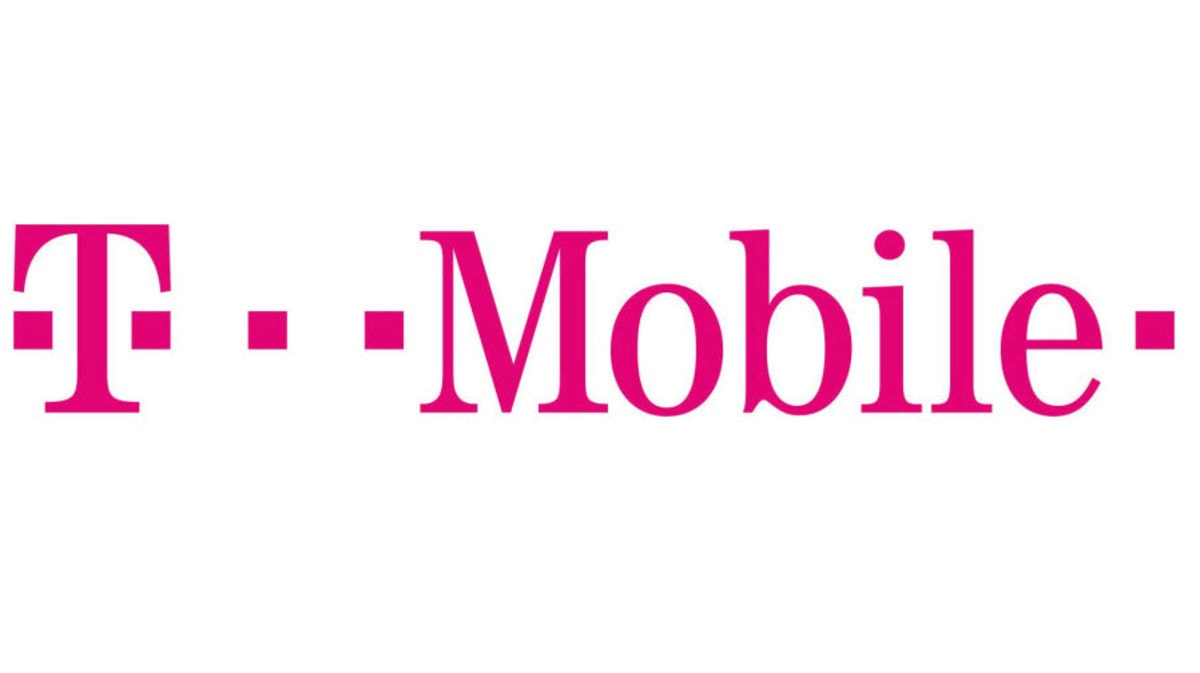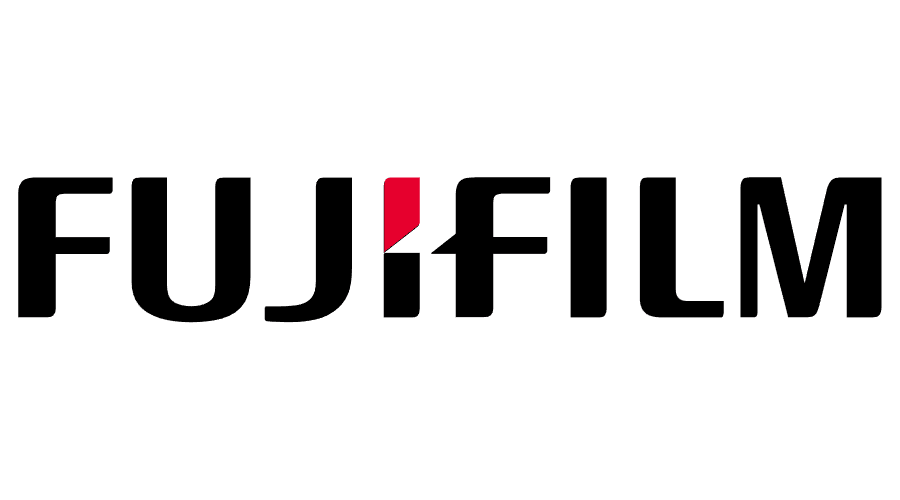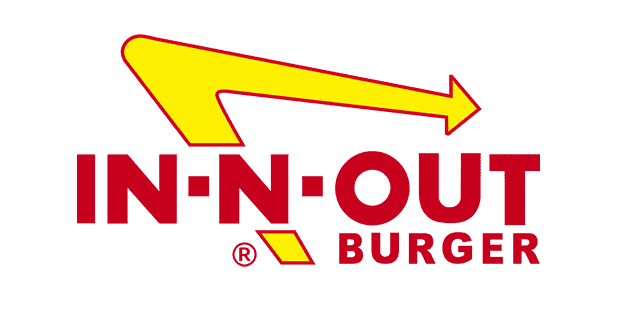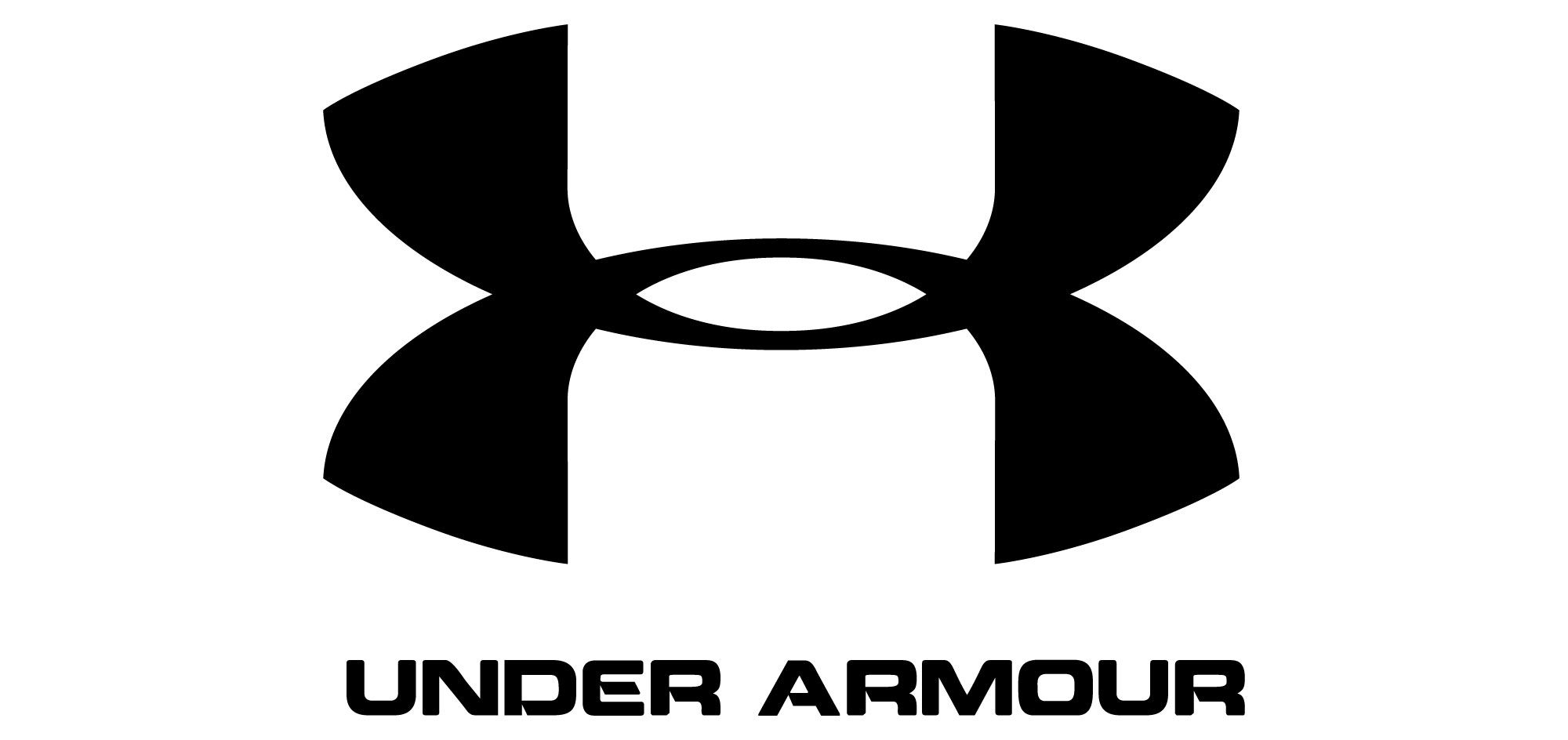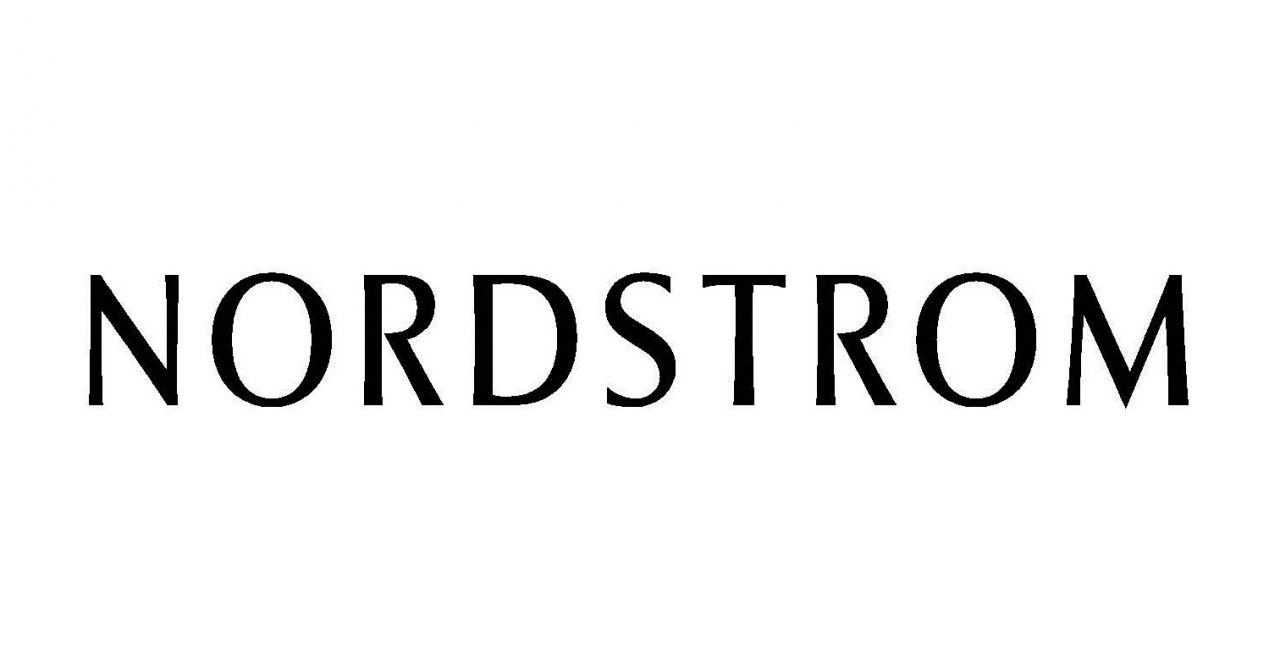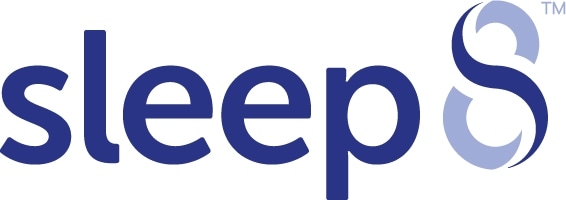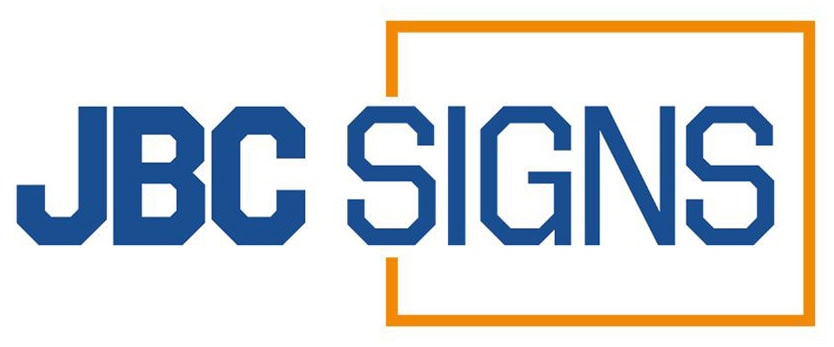The evolution of acrylic signage technology is a fascinating journey that mirrors the broader changes in the signage industry and advertising practices over the centuries. From the rudimentary signs of ancient civilizations to today’s high-tech digital displays, the way businesses communicate with their audience has undergone a profound transformation.
This blog post delves into the advancements in printing and manufacturing technologies that have revolutionized printed acrylic signs, highlighting their impact on design possibilities and the attention of customers.
The Electric Era: Neon and Electric Signs
The turn of the 19th century ushered in a new era for outdoor signage with the advent of electric signs. The creation of the first light bulb paved the way for neon signs and other illuminated forms of advertising, transforming cityscapes and commercial districts.
Places like Times Square became iconic for their dazzling displays, turning signage into an art form and a symbol of modernity. This period marked a significant shift from traditional signage to more complex signs that could capture the attention of customers even at night.
Manufacturing Technologies for Acrylic Signage
The manufacturing landscape for custom acrylic signs has seen significant advancements, enhancing both the aesthetic and functional qualities of these essential branding tools. Here's how these developments have reshaped the industry:
High-Precision Cutting Tools
- Computer Numerical Control (CNC) Machining: CNC machines provide precise and efficient cutting, allowing for intricate designs and clean lines. This accuracy ensures that even the most detailed logos or text are crisp and clear.
- Laser Cutting: Offers a smooth, polished edge finish, enabling complex shapes and fine details without the risk of cracking or damaging the acrylic material.
Laser Engraving and Etching
- Intricate Detailing: Allows for precise engraving of logos, text, and patterns directly onto the acrylic surface, creating a textured, dimensional effect that adds depth to the signage.
- Versatility in Design: Supports a wide range of design complexities, from simple line art to detailed images, enhancing the sign's visual appeal and brand representation.
Quality of Acrylic Material
- Durability: High-quality acrylic is impact-resistant and durable, making it suitable for both indoor and outdoor use. It withstands elements like rain, sun, and wind, maintaining its clarity and structural integrity over time.
- Aesthetic Appeal: Acrylic provides a glass-like appearance, offering clarity and a glossy surface that enhances the sign's color and brightness, contributing to a more professional and elegant presentation.
Adaptability to Harsh Weather Conditions
- UV Resistance: Modern acrylic materials are treated to resist UV rays, preventing fading and maintaining the vibrancy of the sign's colors even when exposed to direct sunlight.
- Temperature Fluctuations: Acrylic signs can withstand wide temperature ranges, making them ideal for various climates without the risk of warping, cracking, or discoloration.
Outdoor Elements Resistance
- Wind and Impact Resistance: Engineered to withstand high winds and physical impacts, these signs remain intact and readable even in challenging conditions.
- Water and Chemical Resistance: Acrylic is non-porous and resistant to moisture and most chemicals, ensuring that the signs remain clear and legible, free from fogging or corrosion.
Advantages for Brands
- Customization Flexibility: The advancements in technology enable brands to customize their signs to any shape, size, or design, aligning with their unique branding and marketing strategies.
- Brand Visibility: High-quality, durable, and uniquely designed signs capture the attention of potential customers, enhancing brand recognition and recall.
- Cost-Effectiveness: Despite the high level of durability and customization, acrylic signs remain an affordable option for businesses of all sizes, offering a high return on investment through their longevity and effectiveness.
Enhanced Printing Capabilities
The advancements in printing techniques have been a game-changer for the acrylic signage industry. Modern digital printing technologies allow for vibrant colors, intricate designs, and crisp, clear imagery, resulting in colored acrylic signages that can convey a brand's message with a memorable experience.
Surface printing and the addition of matte finishes or glossy finish options provide a touch of elegance and a professional appearance that can significantly enhance a company's storefront signage or interior décor.
Integrating Technology with Acrylic Signs
The evolution of acrylic signage technology has been driven by advancements in materials, printing techniques, lighting, customization options, smart features, sustainability concerns, and other emerging technologies. These developments continue to expand the possibilities for acrylic signage in various applications ranging from retail and advertising to wayfinding and branding.
Digital Displays
- Dynamic Content: Incorporate screens that display time-sensitive information, advertisements, or interactive content, making the signs relevant and engaging for viewers.
- Remote Content Management: Update displays remotely through digital signage software, allowing for immediate changes and the ability to respond quickly to market trends or promotional needs.
LED Lighting
- Energy Efficiency: LED lights consume less power, reducing operational costs and supporting eco-friendly business practices.
- Color Variability: Choose from a wide range of colors and brightness levels to match the brand's theme and enhance the sign's visual impact.
- Longevity: LEDs have a longer lifespan compared to traditional lighting, ensuring that the signs remain illuminated and attractive for longer periods.
Interactive Elements
- Touchscreen Functionality: Add interactive touchscreens to acrylic signs, allowing customers to engage directly with the content, from browsing products to signing up for newsletters.
- QR Codes and NFC Tags: Embed QR codes or NFC tags to link directly to websites, promotions, or social media pages, bridging the gap between physical and digital experiences.
Customization and Personalization
Advanced Design Tools
- 3D Modeling and Rendering: Utilize sophisticated design software to visualize and refine the signage before production, ensuring that the final product perfectly aligns with the business's vision.
- Graphic Design Integration: Seamlessly incorporate brand logos, custom graphics, and thematic elements into the design, reinforcing brand identity.
Material Flexibility
- Combining Materials: Pair acrylic with other materials like metal, wood, or vinyl to create multi-dimensional signs that reflect the brand's aesthetic and values.
- Surface Treatments: Apply treatments such as frosting, etching, or painting to acrylic signs for added texture, depth, and visual interest.
Transform Your Brand with Displays & Holders
Elevate your brand's visibility and aesthetic appeal with cutting-edge custom acrylic signs from Displays & Holders. Embrace the latest advancements in signage technology and design to create a lasting impression on your customers. Contact Displays & Holders today to discover the perfect signage solutions for your business!

